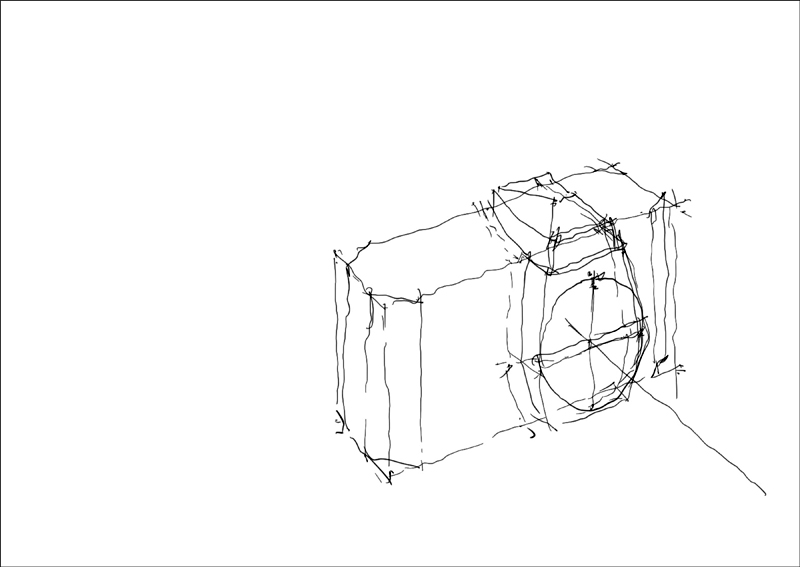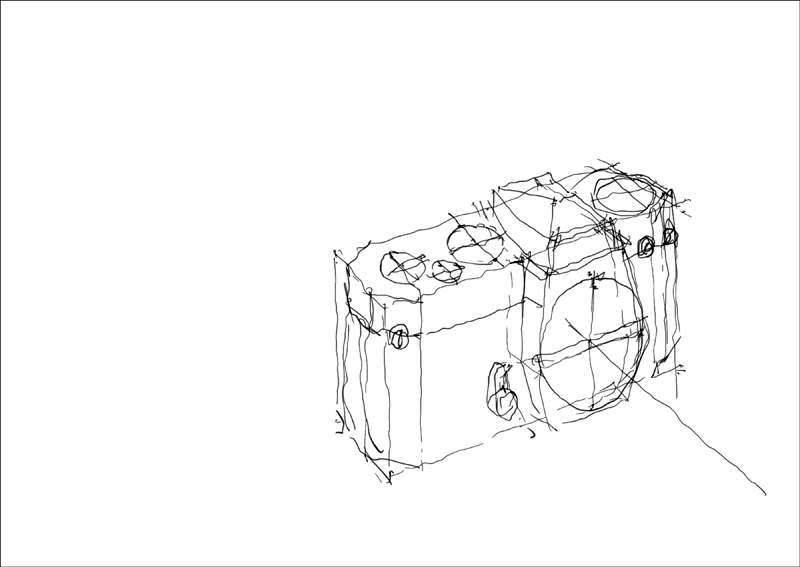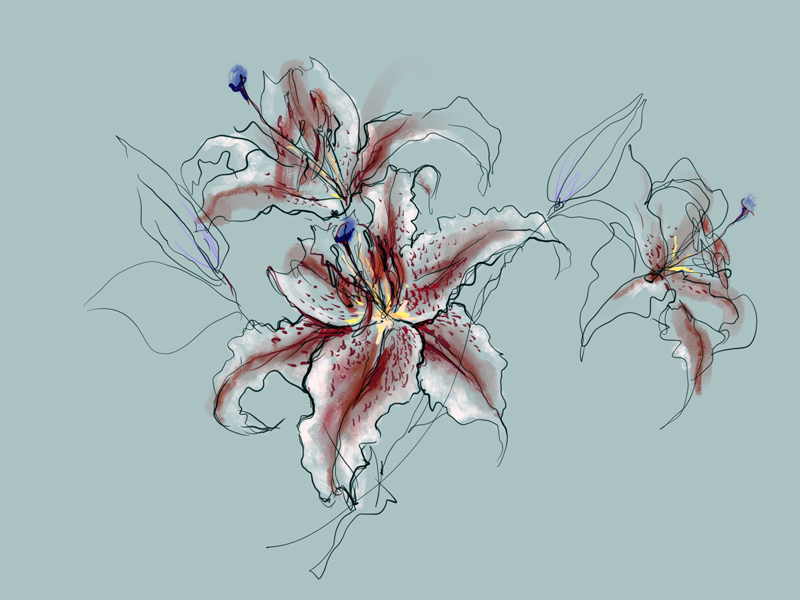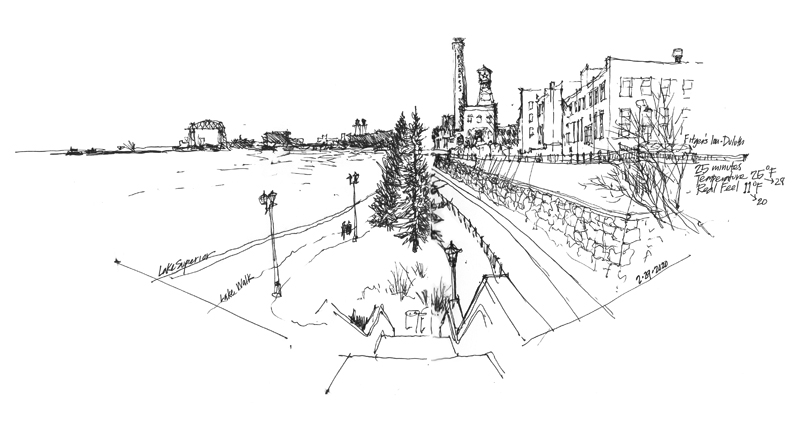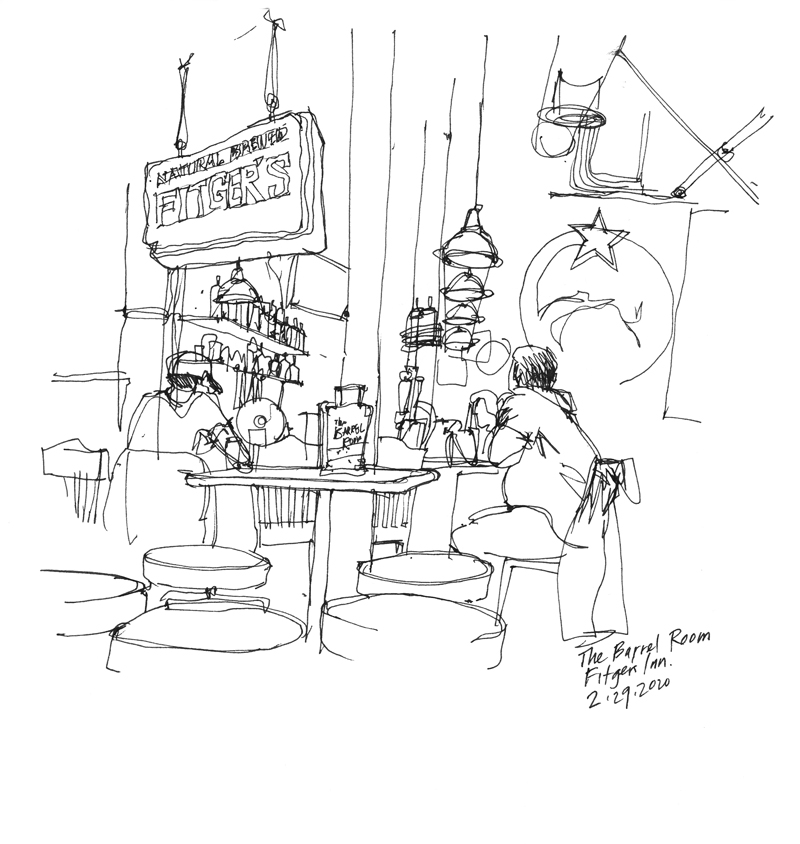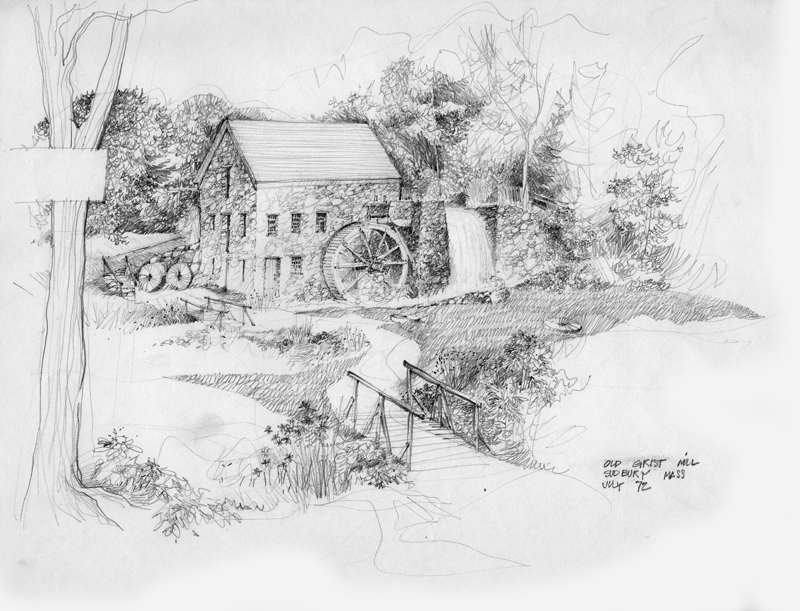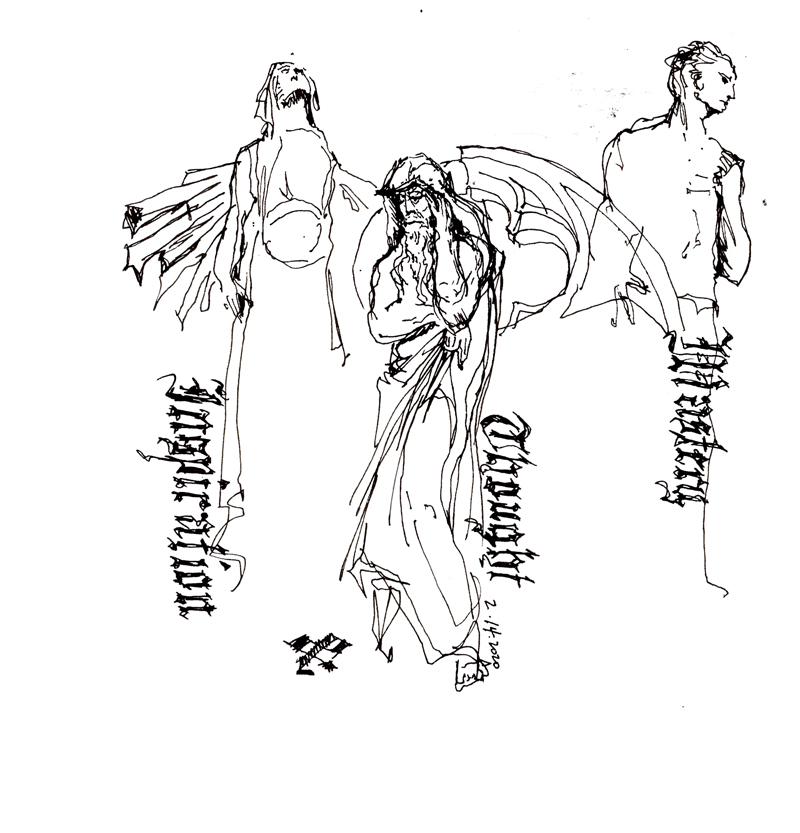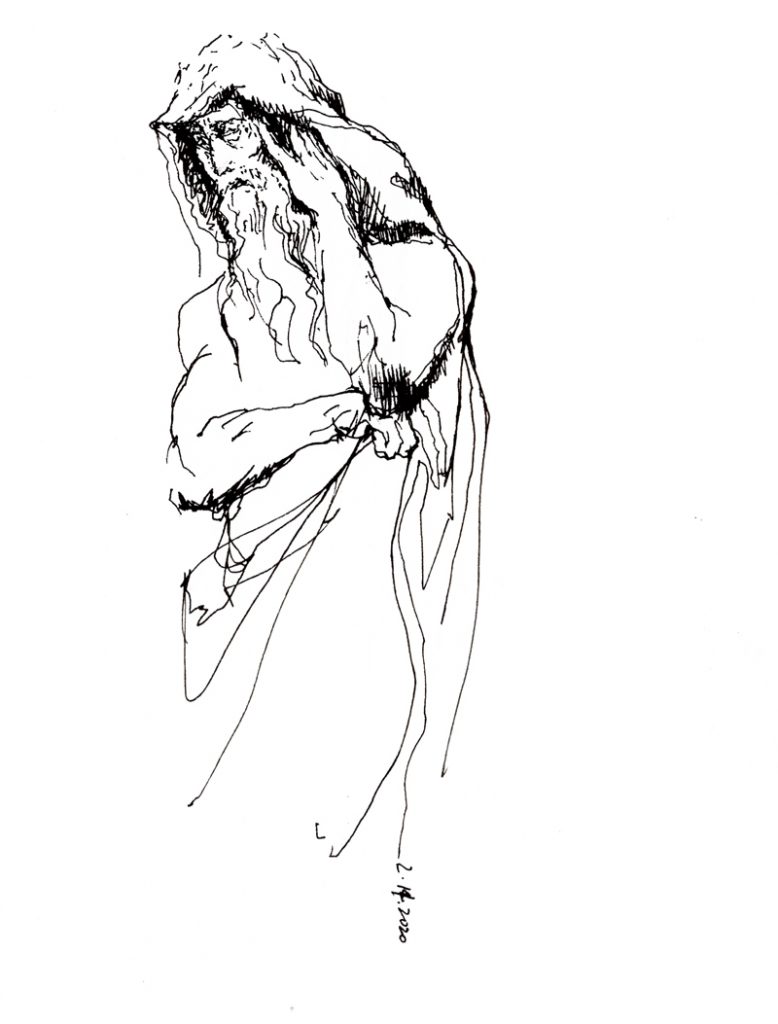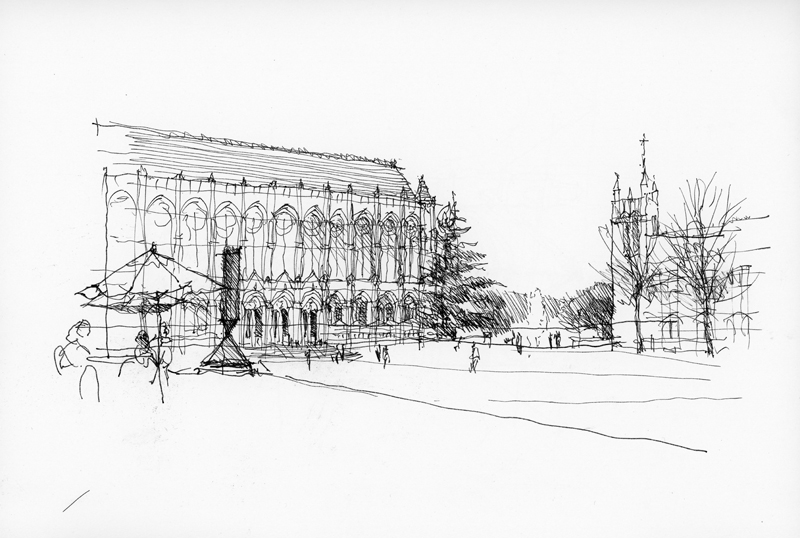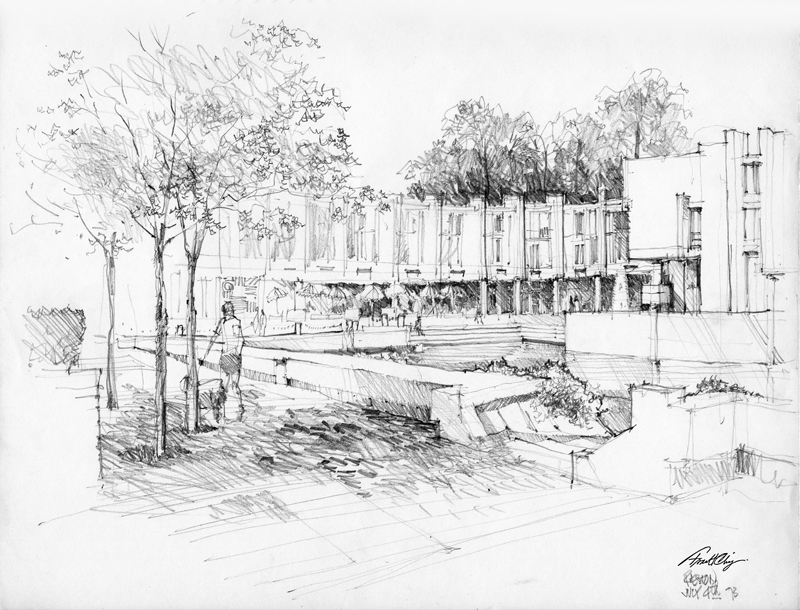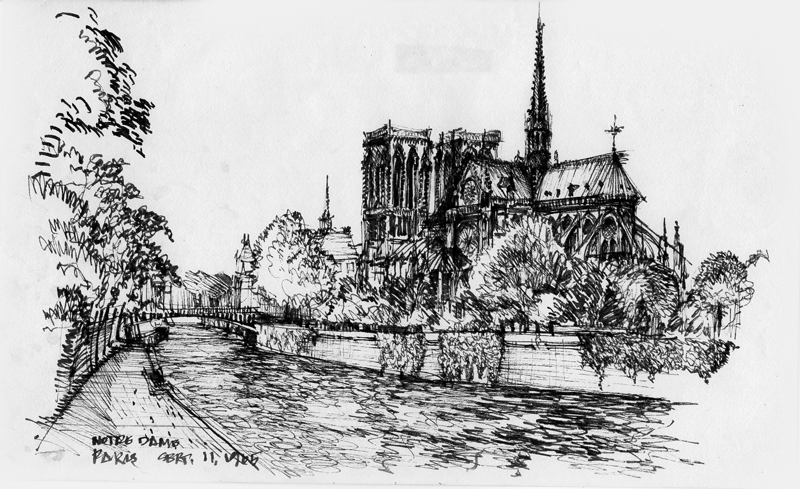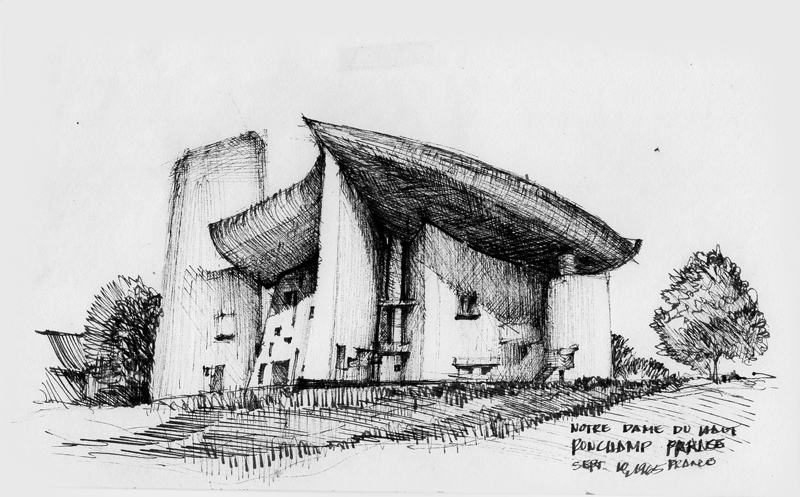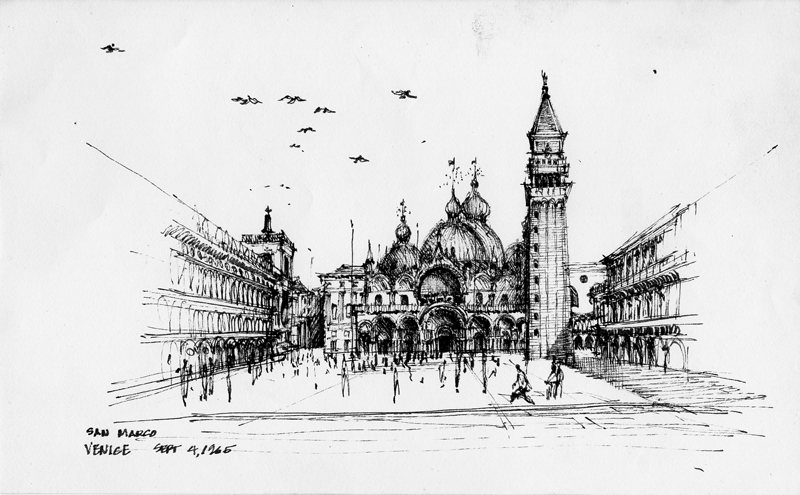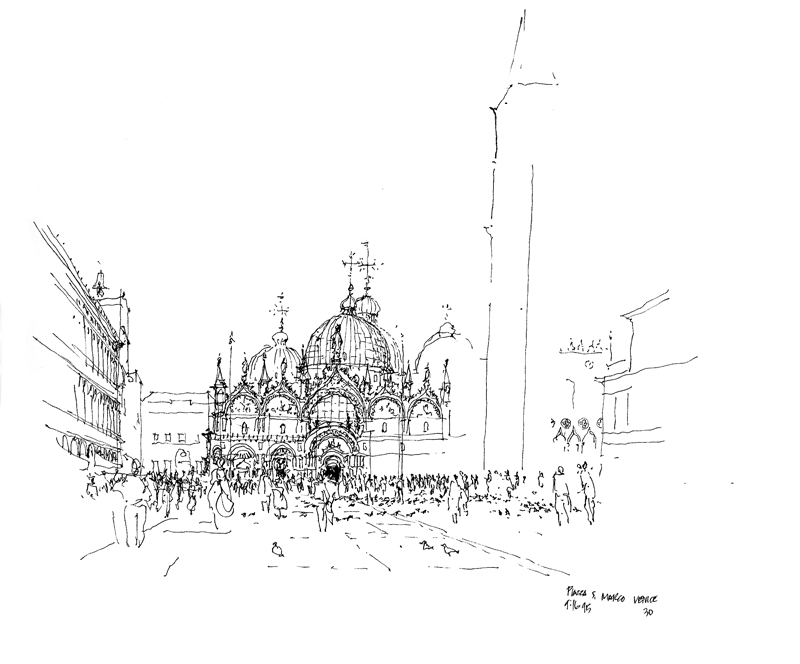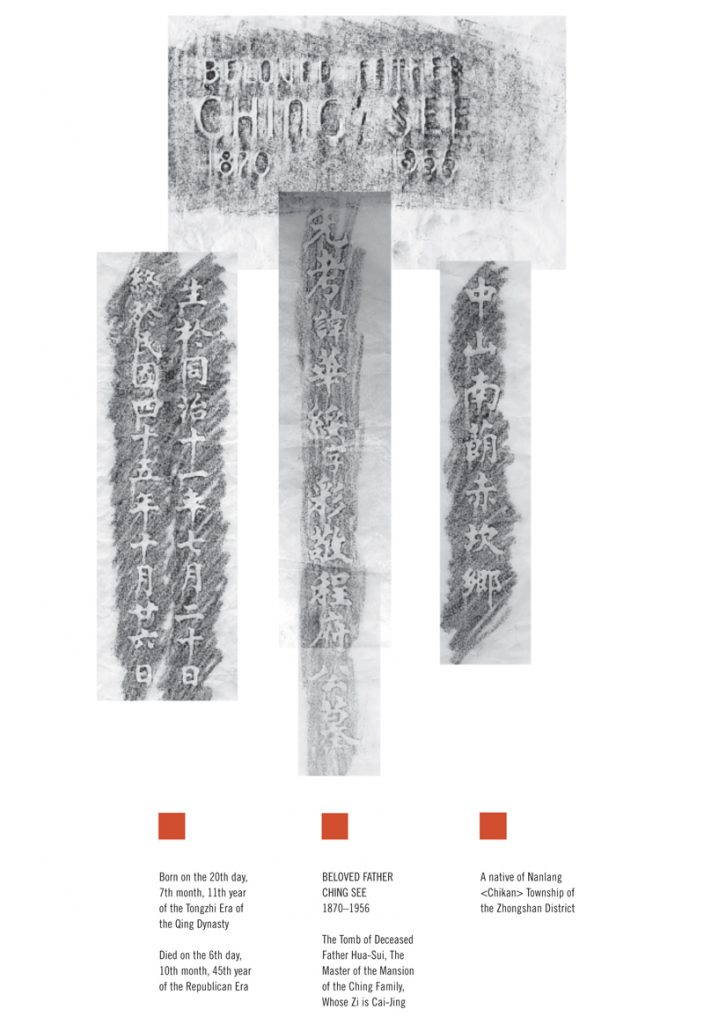
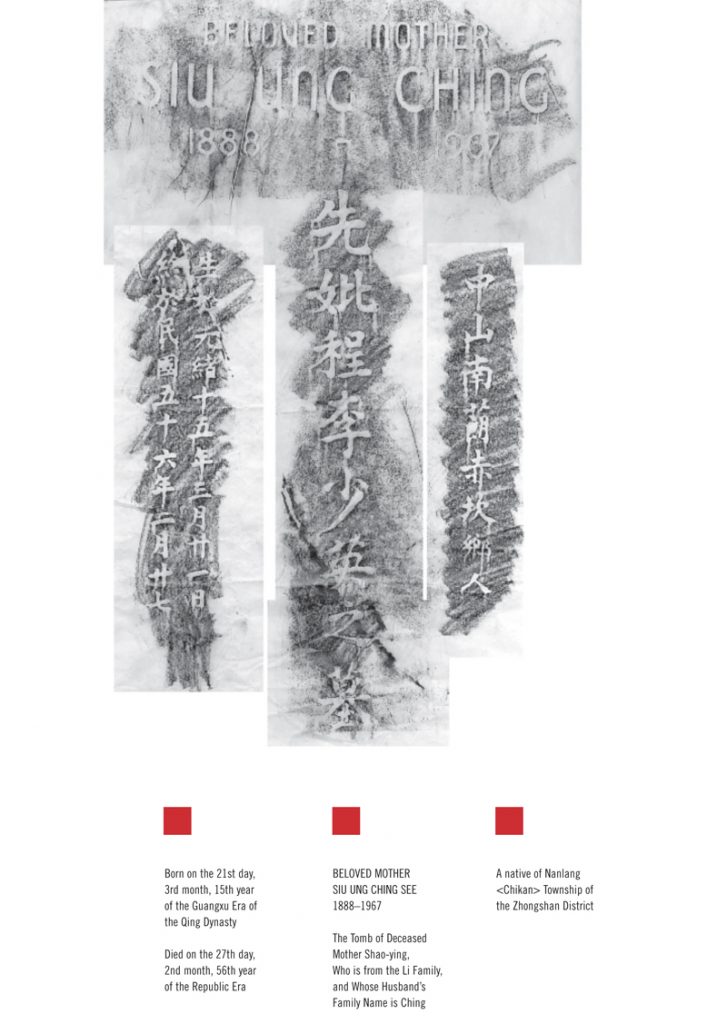
A brief interruption before I post the latter stages of my drawing of the Nikon FE2 SLR to honor the Chinese tradition of Qingming or Ching Ming (清明 – Tomb Sweeping Festival), which has been observed for more than 2500 years and falls this year on Saturday, April 4th. It is a time for Han Chinese to honor their ancestors, usually by visiting, cleaning, and bringing offerings to the tombs of the departed. In lieu of this, I am posting rubbings of the tombstones of my paternal grandparents, accompanied by their English translations.



